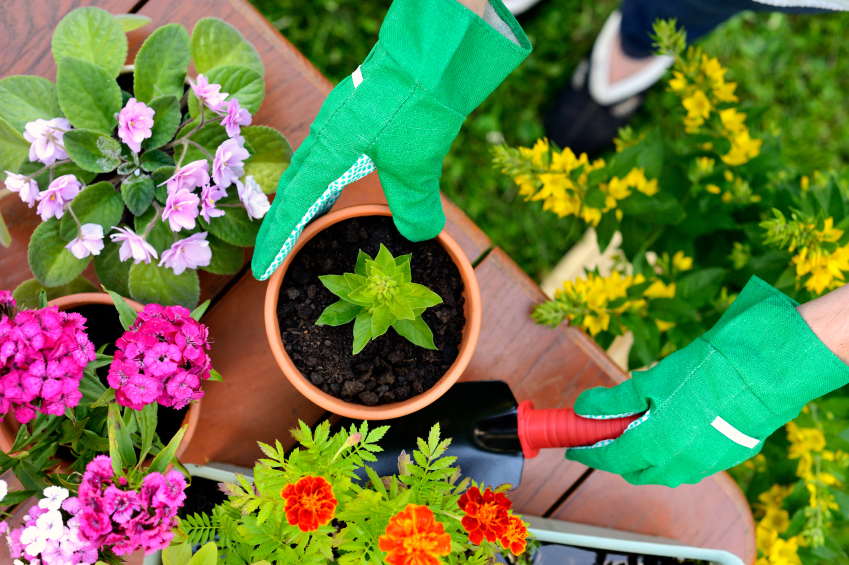
We can’t say enough good things about nursery pots when it comes to gardening and farming. These containers serve as the first home for young plants, providing them with the necessary environment to establish roots, grow, and thrive. However, the choice of nursery containers goes beyond mere containment; it significantly impacts the overall health and development of plants. In this comprehensive guide, we will look at the vital role nursery containers play in optimizing plant health and provide insights into selecting the right containers for your gardening needs.
Nursery Containers
There are numerous shapes, sizes, and materials of nursery containers, each with its own advantages and considerations. Traditional options include plastic pots, clay pots, and peat pots, while newer alternatives, such as fabric pots and biodegradable containers, offer innovative solutions. Understanding the characteristics of different nursery containers is crucial in making informed decisions to support plant health.
1. Root Development
One of the primary functions of nursery containers is to promote healthy root development. The container’s size and shape directly impact the root system’s growth patterns, which, in turn, influence the plant’s overall health and vigor. Containers with adequate drainage and aeration facilitate oxygen exchange in the root zone, preventing issues like root rot and waterlogging.
2. Moisture Management
Balancing moisture levels is essential for plant health, and nursery containers play a significant role in this aspect. Porous containers like clay pots allow moisture to evaporate more quickly, which can be beneficial for plants that are susceptible to overwatering. Conversely, plastic pots retain moisture for longer periods, suitable for species that require consistent hydration. Understanding the moisture requirements of your plants will help you choose the most suitable nursery containers.
3. Temperature Regulation
Nursery containers can also influence the temperature of the root zone, impacting plant growth and health. Dark-colored containers absorb more heat from sunlight, which may lead to overheating of the root system, especially in hot climates. Light-colored or insulated containers help regulate soil temperature, creating a more stable environment for root development.
4. Nutrient Availability
The type of nursery container used can affect nutrient availability to plants. Certain materials may leach chemicals over time, potentially altering soil pH and nutrient levels. Selecting containers constructed from food-grade or inert materials reduces the potential for contamination and guarantees a wholesome environment conducive to plant growth.
5. Air Pruning
Air pruning is an inherent physiological phenomenon whereby roots that come into contact with air undergo a cessation of growth and the emergence of lateral branches. Nursery containers with breathable walls, such as fabric pots, promote air pruning by allowing roots to access oxygen and respond to environmental cues. This results in a denser root system with more efficient nutrient uptake, leading to healthier and more resilient plants.
6. Transplant Shock Mitigation
When transplanting seedlings or young plants, the transition from nursery containers to the ground or larger pots can be stressful for roots. Nursery containers that are designed to minimize transplant shock, such as biodegradable pots or containers with root-trainer technology, help ease this transition by allowing roots to grow freely and adapt to new conditions more effectively.
7. Sustainable Practices
In recent years, there has been a growing emphasis on sustainable gardening practices, including the use of eco-friendly nursery containers. Biodegradable pots made from materials like peat, coconut coir, or recycled paper offer a greener alternative to traditional plastic pots. Additionally, choosing durable containers that can be reused or recycled reduces waste and minimizes environmental impact.
Conclusion
Nursery containers play a crucial role in optimizing plant health by providing a supportive environment for root development, moisture management, temperature regulation, nutrient availability, air pruning, and transplant shock mitigation. By selecting the most appropriate containers for your plants based on your knowledge of the distinctive qualities of various container varieties, you can guarantee their health and vitality from the moment they establish themselves. Whether you’re a seasoned gardener or a novice enthusiast, investing in quality nursery containers is an essential step towards cultivating thriving green spaces and nurturing a deeper connection with nature.
